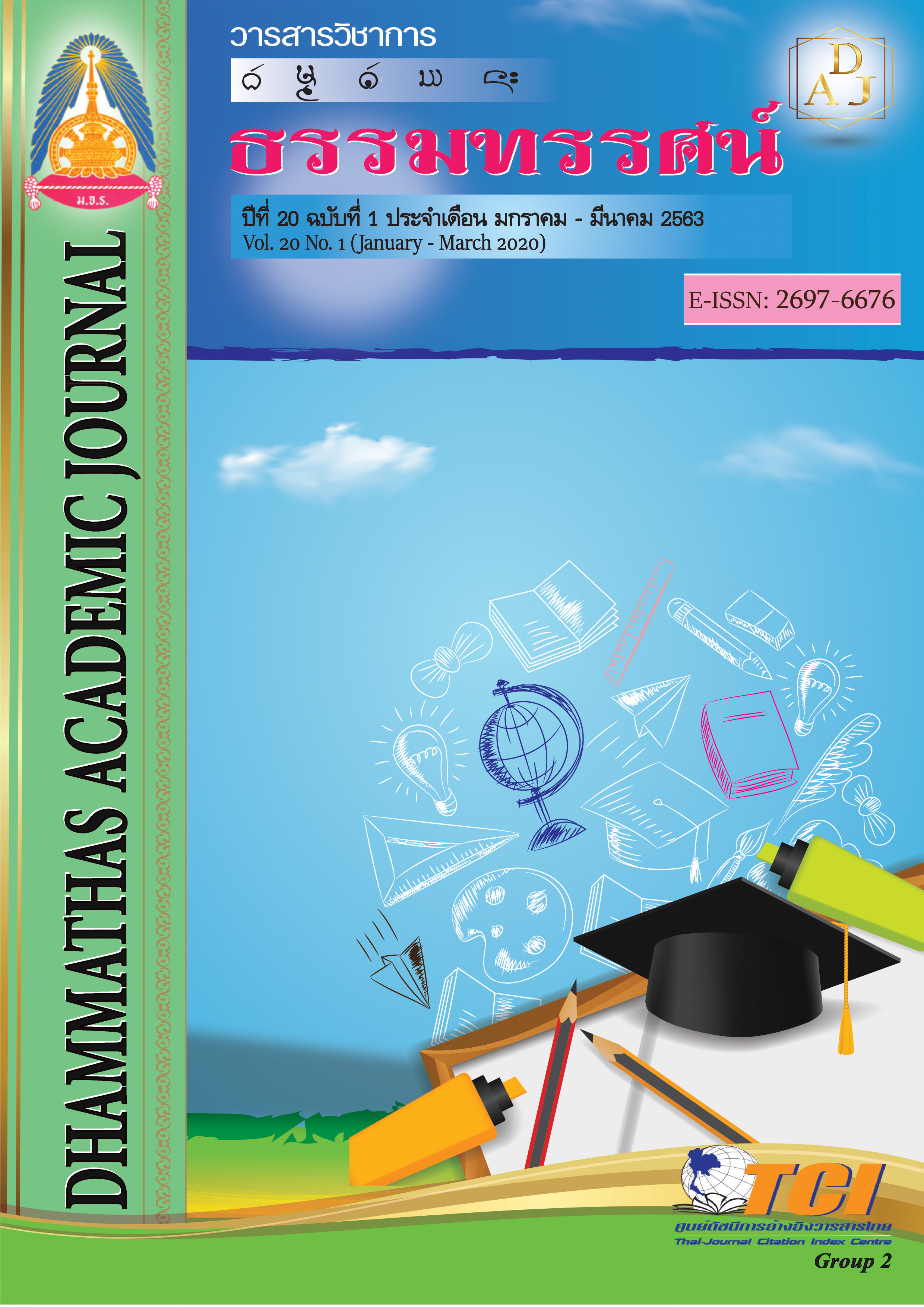The Development of Effective Administration Model for Small-sized Secondary Schools under the Secondary Education Service Area Offices in the North-eastern Region of Thailand
Main Article Content
Abstract
The objectives of this study were: 1) to develop a model for school administrators small productive under the jurisdiction of secondary education in Northeast, 2) to determine the suitability Feasibility Helpfulness and accuracy effective administration model for small-sized secondary schools under the Secondary Education Service Area Offices in the North-eastern Region of Thailand. The study was divided into 2 phases. The first phase was the development of effective administration model by studying relevant documents and interview with 9 experts. The tools employed were a content analysis form and an interview form. The development of model by applying modified Delphi technique 3 times. The tools used in the first application of modified Delphi technique was a close-ended questionnaire, while a 5-level rating scale questionnaire was used in the second and third application. The second phase was the examination and confirmation of the developed model. The sample group consisted of 222 school administrators and 222 teachers, totally 444, in secondary schools under the Secondary Education Service Area Offices in the North-eastern region. Sample size was determined by using Yamane table. The instrument for data collection was a 5-level rating scale questionnaire. Data was analyzed by determining mean and standard deviation and the model was considered by 9 experts in the expert group discussion.
The results were as follows:
1. The developed effective administration model was a structure that showed a systematic relationship between the 5 components affecting school administration, which were: 1) leadership of school administrators; 2) teacher capacity; 3) school environment; 4) organizational culture; 5) parents and community participation, and the process in school administration, which comprised 4 aspects namely: 1) administration method; 2) learning management; 3) curriculum administration and management; 4) education quality assurance.
2. The appropriateness of the model was at the highest level ( = 4.66). When considering in each aspect, it was found that the appropriateness of each aspect was also at the highest level. Apart from this, the 9 experts had the opinion that the propriety and feasibility of the developed model was at the high level with µ = 4.38 and µ = 4.47 consecutively while the developed model’s utility and accuracy was at the highest level with µ = 4.67.

